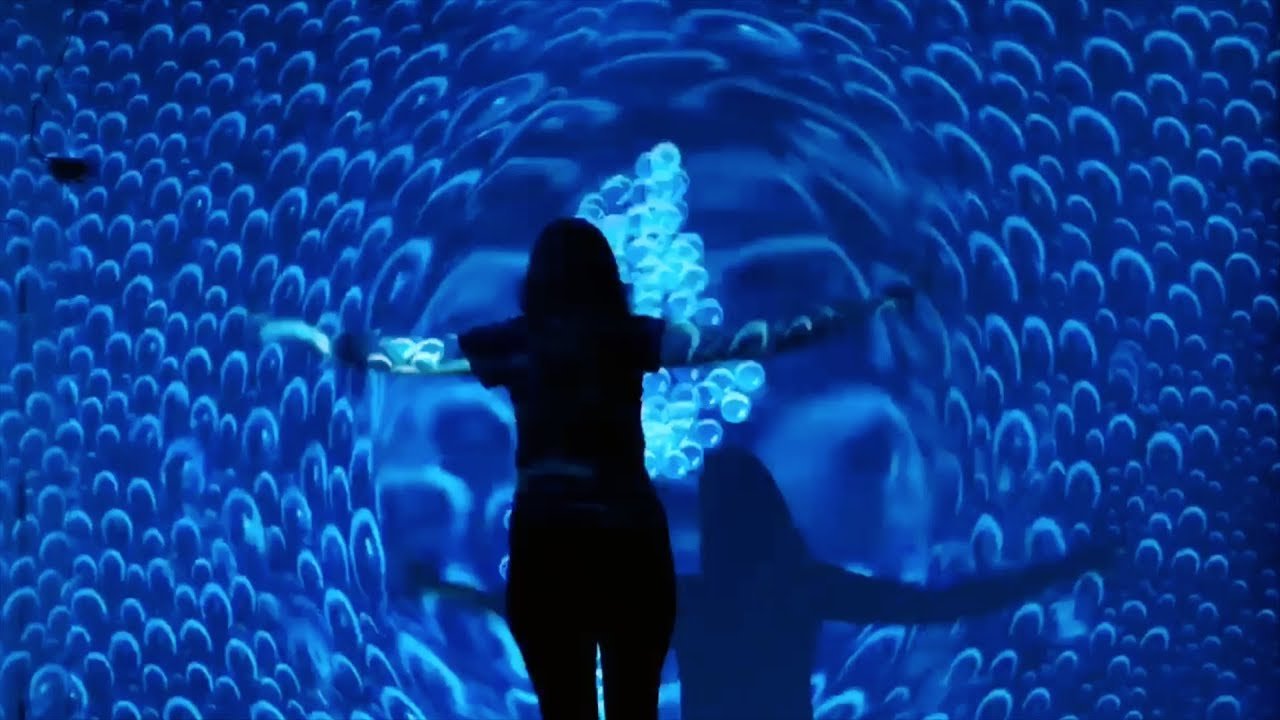Title: Immersive Art: Redefining the Boundaries of Artistic Experience
Introduction
In recent years, a new wave of artistic expression has taken the world by storm: immersive art. Far beyond the confines of traditional gallery settings, immersive art invites audiences to step into, interact with, and even become part of the artwork itself. This genre of art blurs the boundaries between creator and viewer, allowing for a deeply personal and transformative experience. But what exactly constitutes immersive art, and why is it capturing the imagination of so many?
The Evolution of Immersive Art
Immersive art isn’t a completely new phenomenon; its roots can be traced back to earlier artistic movements that sought to engage audiences in more dynamic ways. However, the advent of technology and a shift in cultural attitudes have accelerated its growth. Historically, art was often viewed through a passive lens, with audiences observing from a distance. Immersive art, however, actively invites participants to engage with and influence the artwork, creating a more interactive and experiential form of art.
The 20th century saw the rise of experiential and installation art, where artists began to experiment with environments and sensory experiences. Movements like Dadaism, Surrealism, and even the advent of performance art contributed to the foundations of what we now recognize as immersive art. Yet, it wasn’t until the late 20th and early 21st centuries that technological advancements, such as virtual reality (VR), augmented reality (AR), and sophisticated projection mapping, truly expanded the possibilities.
Key Elements of Immersive Art
Interactivity: Immersive art often incorporates interactive elements that require audience participation. This can range from physical movement within a space to digital interactions facilitated by technology. The goal is to make the audience an active participant rather than a passive observer.
Sensory Engagement: Immersive art engages multiple senses simultaneously—sight, sound, touch, and even smell. This multi-sensory approach aims to create a more profound and enveloping experience.
Environmental Integration: Unlike traditional artworks that are confined to a frame or pedestal, immersive art often integrates with the surrounding environment. This could mean transforming an entire room or building into a cohesive artistic experience.
Technological Innovation: Many immersive art installations leverage cutting-edge technology, such as VR and AR, to create experiences that push the boundaries of physical reality. These technologies allow artists to craft entirely new worlds and experiences.
Notable Examples and Pioneers
Several artists and collectives have become renowned for their contributions to the immersive art movement:
- TeamLab: This Japanese collective is famous for its digital art installations that use projection mapping to transform physical spaces into dynamic, interactive environments. Their works, like “Borderless” in Tokyo, create fluid, ever-changing landscapes where visitors become part of the art.
- Yayoi Kusama: Known for her immersive installations, Kusama’s “Infinity Rooms” use mirrors and LED lights to create an illusion of endless space. These installations offer visitors a surreal, infinite experience that challenges perceptions of reality.
- The Icehotel: Located in Sweden, the Icehotel is an example of immersive art that blends architecture and environmental art. Every year, artists create intricate ice and snow sculptures that transform the hotel into a temporary, otherworldly experience.
- Meow Wolf: This collective creates large-scale, interactive art experiences that combine elements of storytelling, architecture, and immersive environments. Their installations, like “House of Eternal Return” in Santa Fe, offer a narrative-driven journey through imaginative, multi-dimensional spaces.
The Impact and Future of Immersive Art
Immersive art has had a significant impact on the art world and beyond. It has democratized art experiences by making them more accessible and engaging to a wider audience. By incorporating elements of play, discovery, and interaction, immersive art challenges traditional notions of art appreciation and creates new opportunities for engagement and learning.
Looking ahead, the future of immersive art appears to be driven by continued technological advancements and a growing desire for more personal and meaningful experiences. With the rise of VR, AR, and AI, artists will have even more tools at their disposal to create complex, interactive worlds. Additionally, the integration of immersive art in various sectors—such as entertainment, education, and therapy—suggests that its influence will only continue to expand.
Conclusion
Immersive art represents a profound shift in how we experience and interact with artistic creations. By breaking down traditional barriers and inviting active participation, it offers a unique and transformative way to engage with art. As technology continues to evolve and artists push the boundaries of creativity, immersive art will undoubtedly continue to redefine the landscape of artistic experience, offering audiences new ways to explore, connect, and be inspired.
